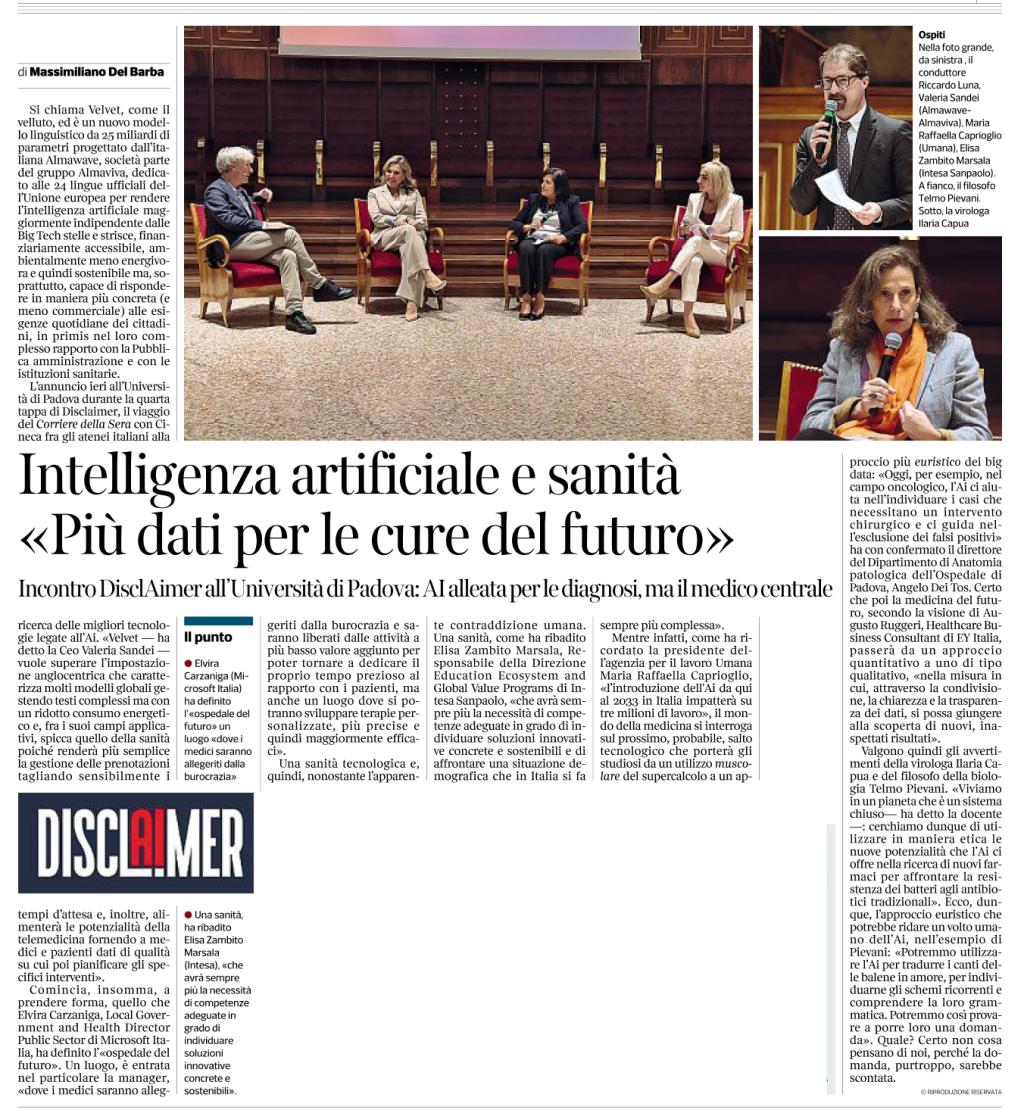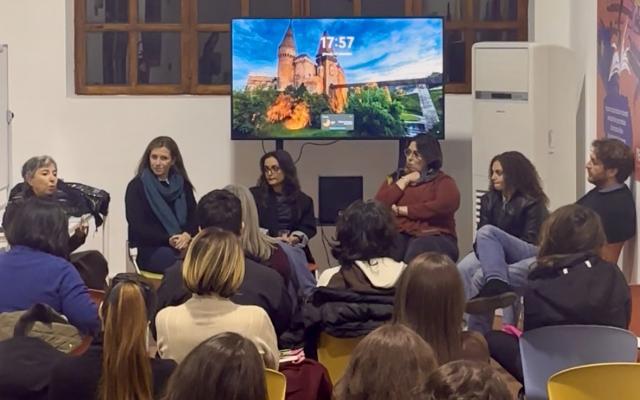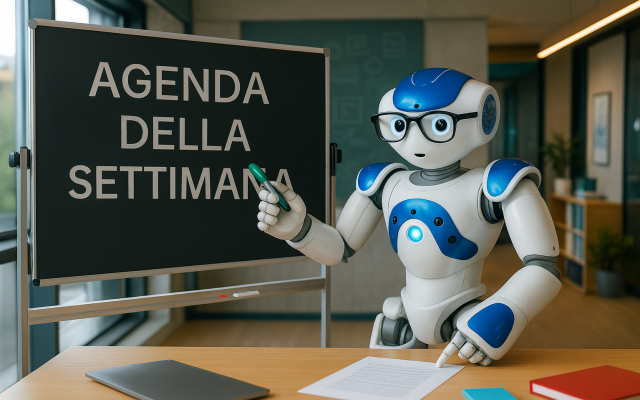DisclAImer at the University of Padua: the challenge in a paediatric ward
Yesterday, Tuesday 14 October, the Fondazione Mondo Digitale participated as a knowledge partner in the fourth stage of the national tour DisclAImer. Last warnings before the revolution, promoted by Corriere della Sera in collaboration with Cineca and coordinated by Riccardo Luna. After Rome, Bologna and Naples, the debate arrived in Padua, a city symbolic of scientific and medical research, to address a crucial issue: “AI in the clinical setting. The power of multidisciplinarity”. The Foundation contributed by providing tools and experiences to promote the ethical, inclusive and educational use of artificial intelligence [see the news item DisclAImer in Padua].
The interdisciplinary challenge: AI in the ward
In the afternoon, an interdisciplinary challenge was held involving students and young researchers from the University of Padua. The participants, organised into mixed teams, worked together to outline the fundamental steps of a research project that uses artificial intelligence to identify rare but critical events early on in children who access the paediatric emergency room. The goal: to improve diagnostic accuracy and optimise the use of healthcare resources. The activity was introduced by professors Silvia Bressan and Raffaella Colombatti, from the Department of Women's and Children's Health (SDB), with the collaboration of the University's interdepartmental group. The interdisciplinary approach highlighted the potential and difficulties of working together across different fields of expertise, from medicine to engineering and computer science, in the construction of tools to support clinical activity.
The exercise of a common language
The challenge highlighted the importance of a shared language to make dialogue between different fields of knowledge effective. Lecturers and researchers from the departments of Women's and Children's Health, Information Engineering, Surgical, Oncological and Gastroenterological Sciences, Physics and Astronomy, and Developmental and Social Psychology contributed to the organisation. The activity was coordinated by researchers Veronica Casotto and Jacopo Favaro.
As Veronica Casotto pointed out, “it was interesting to observe how students from very different backgrounds first learn to understand each other and then to communicate what they know effectively”. This process does not eliminate differences, but transforms them into resources.
For Silvia Bressan, it was ‘an opportunity to experiment with a concrete comparison between disciplines, with the aim of addressing complex clinical problems in an integrated way.’ The challenge proposed involved the development of artificial intelligence algorithms for the early prediction of intracerebral conditions that can cause headaches in children in the emergency room, a symptom that is often difficult to interpret.
The educational essence and importance of this meeting were summarised by Associate Professor Raffaella Colombatti: "It is an initiative that allows us to bring together students from different worlds, such as healthcare and technology, and teaches them to address health-related issues by meeting on common ground. It serves to develop a shared language and mindset to address challenges that will increasingly affect health: think of telemedicine, artificial intelligence, and how these tools can optimise diagnosis, prognosis and therapies, while maintaining a humanised approach to care even in a technological context."




